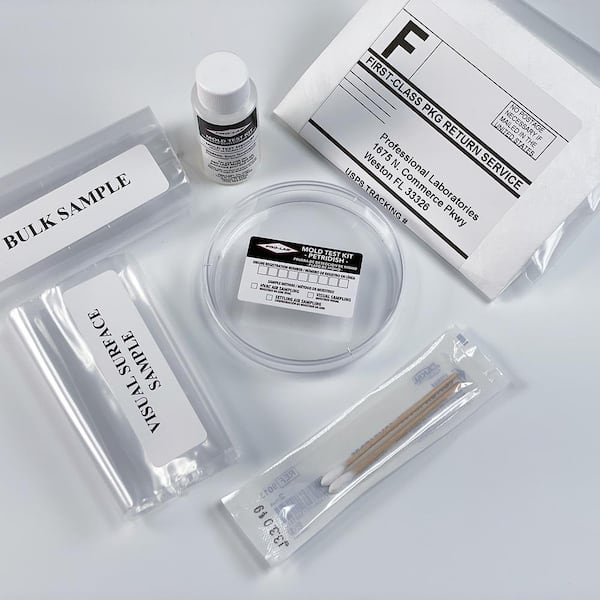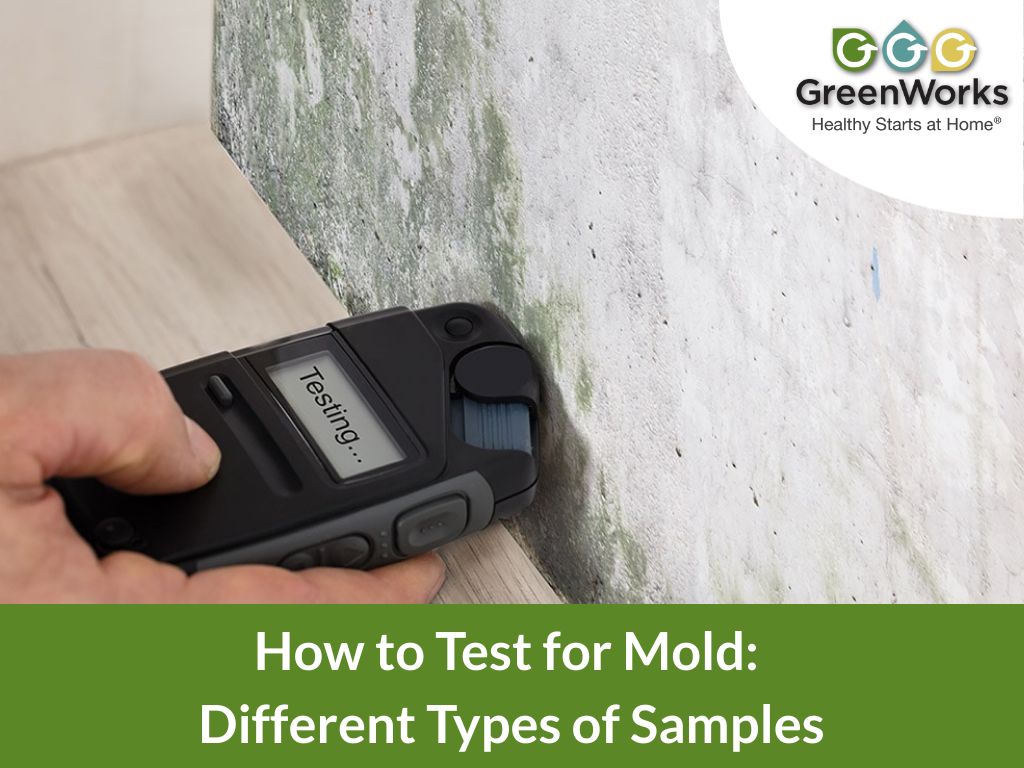How Mycotoxin testing Services Can Protect Your Products
How Mycotoxin testing Services Can Protect Your Products
Blog Article
Why Mycotoxin Testing Providers Are Vital for Protecting Public Health
The value of mycotoxin testing services in safeguarding public wellness can not be overstated. Mycotoxins, poisonous substances produced by fungis, posture severe wellness threats such as liver damage and cancer cells when present in food and feed.
Recognizing Mycotoxins
Recognizing mycotoxins is vital for guaranteeing food security and safeguarding public wellness. Mycotoxins are harmful compounds created by certain types of fungis, commonly discovered in food and feed crops. These fungis can multiply in a range of conditions, particularly in warm and humid atmospheres, causing contamination during pre-harvest, storage, or processing stages. The most prevalent mycotoxins consist of aflatoxins, ochratoxin A, fumonisins, and trichothecenes, each with distinctive chemical structures and toxicological properties.
The existence of mycotoxins in foods items can jeopardize their safety and security and quality. They are resistant to standard food processing strategies, therefore continuing the food supply chain and posing prospective dangers. Governing bodies worldwide, such as the Food and Agriculture Organization (FAO) and the World Health Company (WHO), have established stringent limits on appropriate degrees of mycotoxins in food products to alleviate their adverse effects.
Efficient mycotoxin monitoring involves thorough tracking and testing to discover and quantify their degrees in agricultural items. This proactive technique helps in recognizing contaminated batches early, thus avoiding their intro right into the marketplace. Executing strict mycotoxin controls is important for maintaining food safety and security standards and protecting customer health.
Health And Wellness Dangers of Mycotoxins

Direct exposure to mycotoxins poses substantial wellness dangers to both pets and humans, demanding vigilant tracking and control measures. These harmful secondary metabolites, produced by certain fungis, can pollute food and feed, resulting in acute and chronic health concerns. In humans, mycotoxins such as aflatoxins, ochratoxins, and fumonisins can create a variety of damaging impacts, including liver damages, kidney toxicity, immune reductions, and even carcinogenic results. As an example, aflatoxins have been classified as Team 1 health hazards by the International Agency for Study on Cancer Cells (IARC), showing a proven link to liver cancer.

Given these severe health and wellness effects, it is necessary to implement durable mycotoxin screening protocols. Accurate discovery and quantification of mycotoxins in food and feed are vital to minimize wellness threats and make certain animal and public security.
Usual Resources of Contamination

Along with grains, nuts such as pistachios, peanuts, and almonds are highly prone to mycotoxin contamination. Aflatoxins, a powerful form of mycotoxin, are generally found in these nuts, specifically when storage space conditions are suboptimal. More about the author Dried fruits, consisting of apricots, figs, and raisins, also existing abundant premises for fungal growth because of their high sugar content and moisture-retaining properties.
Additionally, contamination is not restricted to raw agricultural items. Refined foods, animal feeds, and dairy items can likewise have mycotoxins if the preliminary ingredients were polluted. This expands the danger of exposure throughout the food supply chain, demanding stringent surveillance and control measures.
Understanding the common sources of mycotoxin contamination is vital for carrying out effective preventative approaches. Mitigating these risks at the source can dramatically minimize the incidence of mycotoxin-related health and wellness concerns, guarding public health and wellness.
Examining Procedures and techniques
Advanced analytical strategies are utilized to find and quantify mycotoxins in various substrates, ensuring public health and wellness security. High-Performance Liquid check over here Chromatography (HPLC) paired with mass spectrometry (MS) is a gold standard in mycotoxin screening, supplying high sensitivity and uniqueness.
One more widely made use of technique is Enzyme-Linked Immunosorbent Assay (ELISA), which uses fast testing and is affordable for big example quantities - Mycotoxin testing Services. ELISA kits are beneficial as a result of their simplicity of use and fast turnaround time, making them appropriate for on-site testing
Tasting procedures are just as important. Appropriate tasting ensures that the accumulated specimens are representative of the entire set, thus reducing the danger of false downsides or positives. Adherence to established guidelines, such as those given by the International Organization for Standardization (ISO) and the European Board for Standardization (CEN), is important for keeping consistency and integrity across testing techniques.
Rigorous recognition of these methods and techniques is essential. It makes certain reproducibility and accuracy, therefore fortifying the honesty of mycotoxin management systems.

Advantages of Routine Testing
In the world of food safety and farming quality assurance, the benefits of normal mycotoxin screening can not be overstated. Regular testing guarantees that farming items fulfill safety and security requirements, thus protecting customers from the dangerous effects of mycotoxins, which consist of liver damage, immune reductions, and even cancer click for more cells. By determining infected batches early, normal screening allows for prompt intervention, preventing such items from entering the food chain.
In addition, routine mycotoxin testing is pivotal for maintaining the stability and credibility of food producers and suppliers. Business that commit to routine screening show their commitment to public wellness and food security, therefore acquiring customer trust and commitment. This aggressive technique can additionally reduce economic losses related to item recalls, legal responsibilities, and prospective profession limitations.
Regular mycotoxin screening makes certain adherence to nationwide and global standards, helping with smooth trade operations and market access. Ultimately, regular mycotoxin testing not just shields public health yet additionally strengthens the financial stability and worldwide competitiveness of the agricultural sector.
Conclusion
Mycotoxin screening solutions play a crucial role in public wellness defense by determining and reducing the risks postured by hazardous fungal compounds in food and feed. By identifying contamination early, these solutions avoid serious wellness problems such as liver damage and cancer, ensuring conformity with regulatory criteria. Routine testing boosts consumer trust, sustains the honesty of the agricultural industry, and ultimately adds to the guarding of food safety and security and public health and wellness.
The significance of mycotoxin screening solutions in protecting public wellness can not be overstated.Recognizing mycotoxins is vital for making sure food security and protecting public wellness. Mycotoxin testing Services. Governing bodies worldwide, such as the Food and Agriculture Organization (FAO) and the Globe Health And Wellness Organization (THAT), have established strict limits on acceptable degrees of mycotoxins in food items to minimize their unfavorable effects
Eventually, regular mycotoxin testing not just protects public wellness but likewise strengthens the economic security and global competitiveness of the farming industry.
Mycotoxin screening solutions play a vital function in public health protection by recognizing and alleviating the dangers positioned by toxic fungal compounds in food and feed.
Report this page